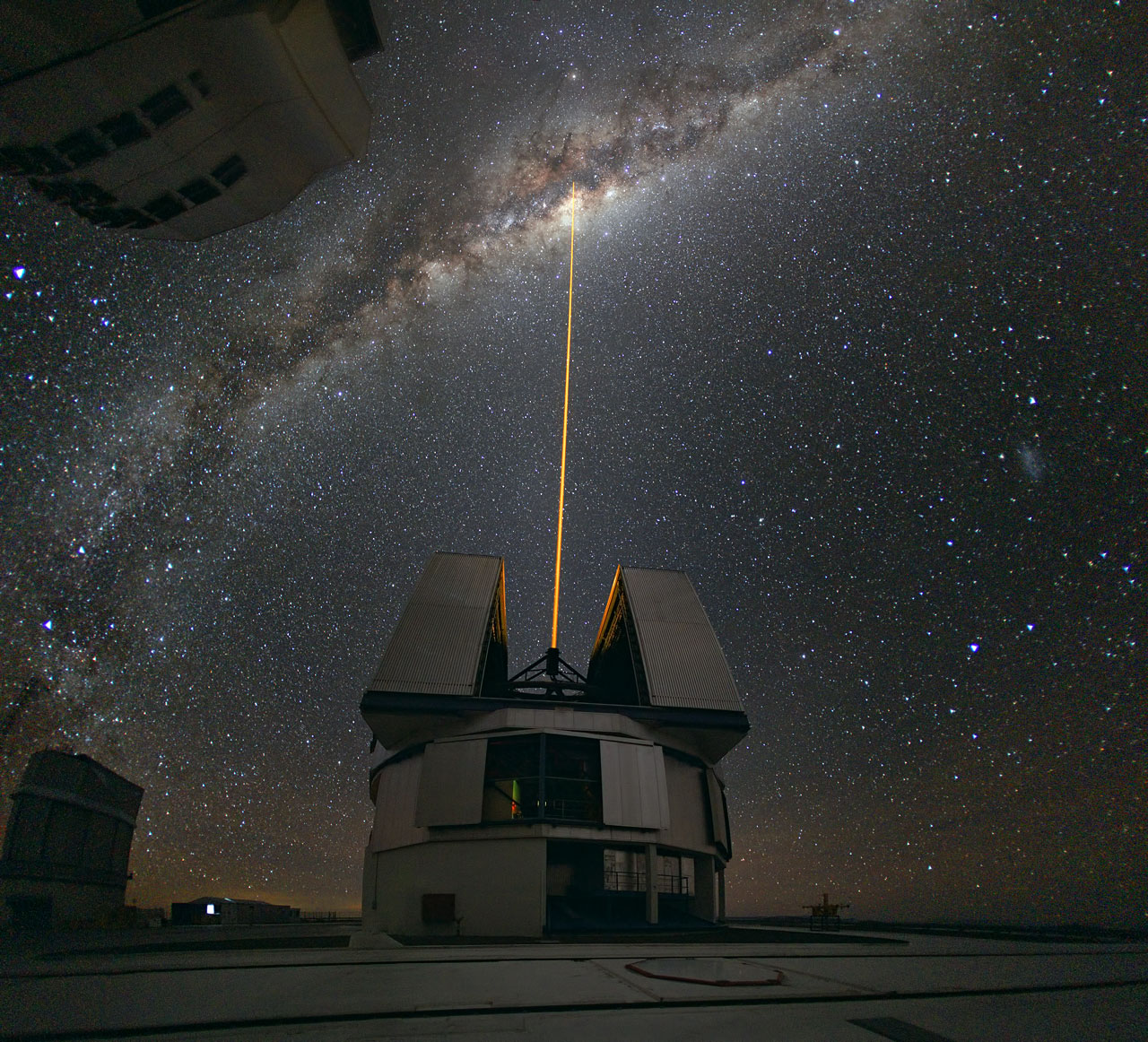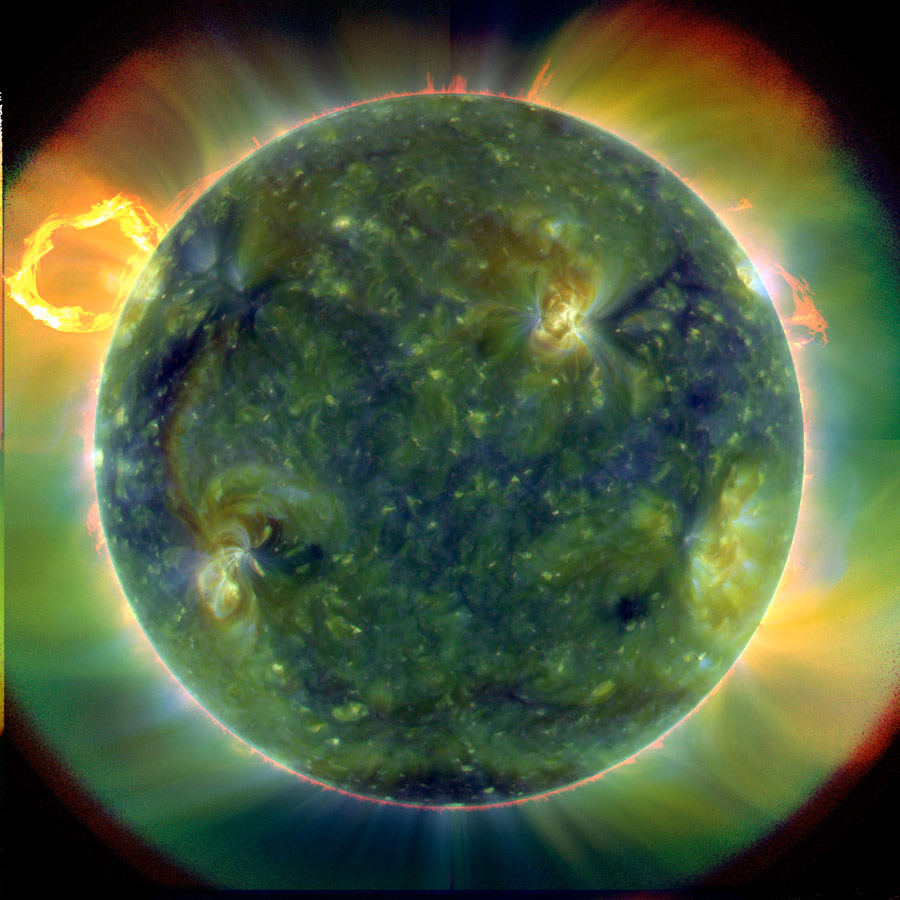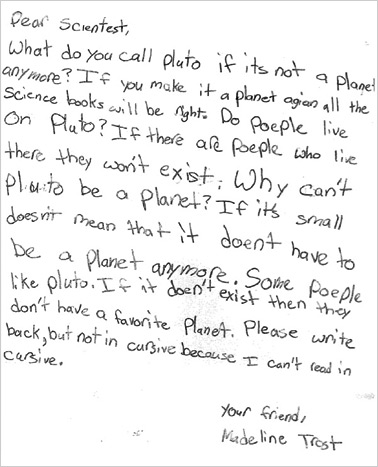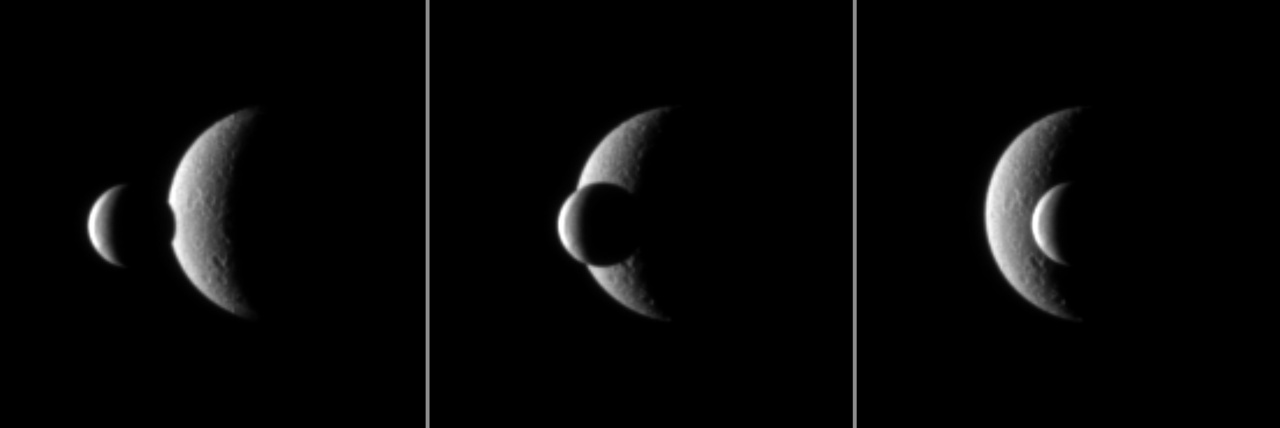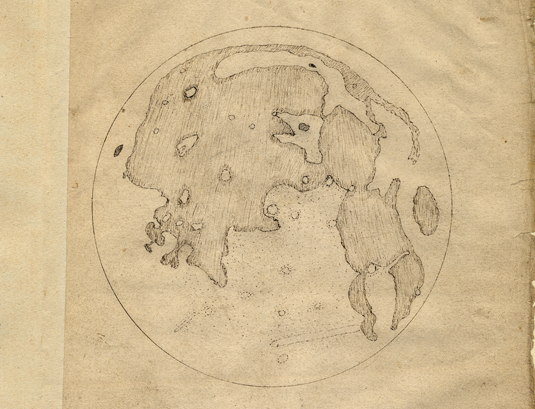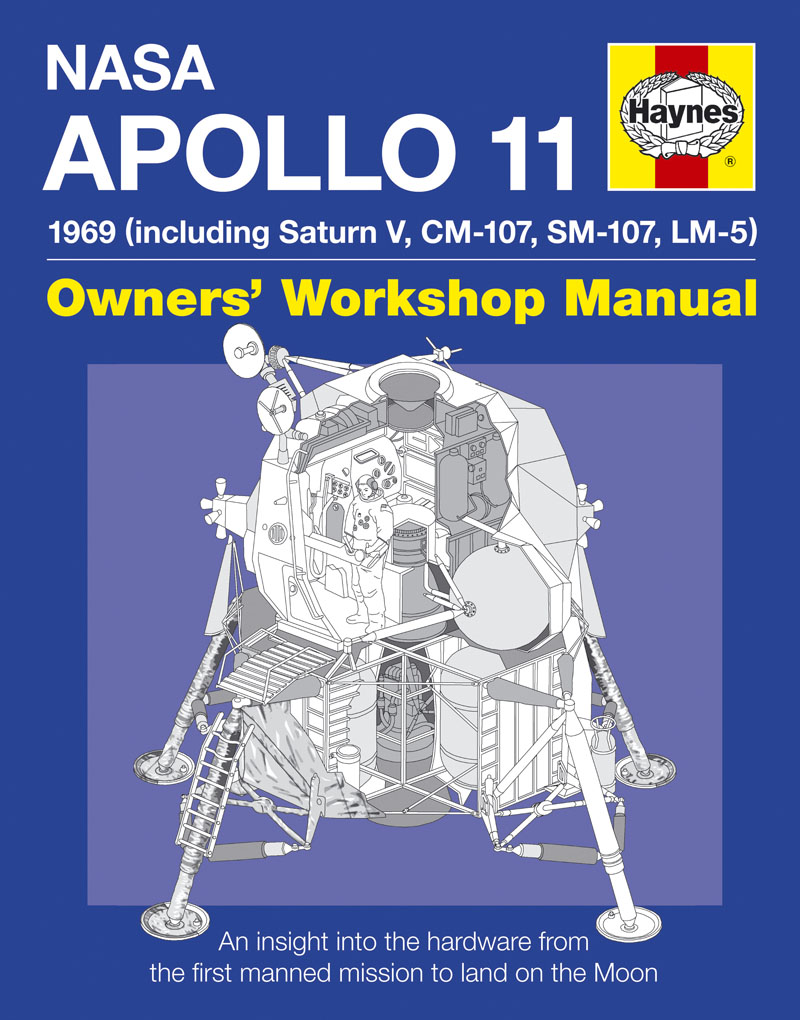Volcanoes spewing ice and slush instead of lava on Titan! From NASA: Cassini Spots Potential Ice Volcano on Saturn Moon
Scientists have been debating for years whether ice volcanoes, also called cryovolcanoes, exist on ice-rich moons, and if they do, what their characteristics are. The working definition assumes some kind of subterranean geological activity warms the cold environment enough to melt part of the satellite’s interior and sends slushy ice or other materials through an opening in the surface.
I suddenly have a hankering to play Metroid…


